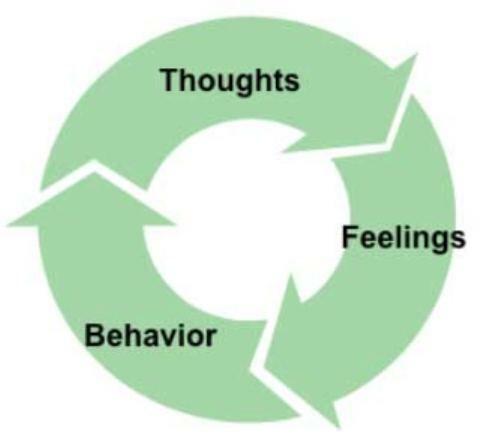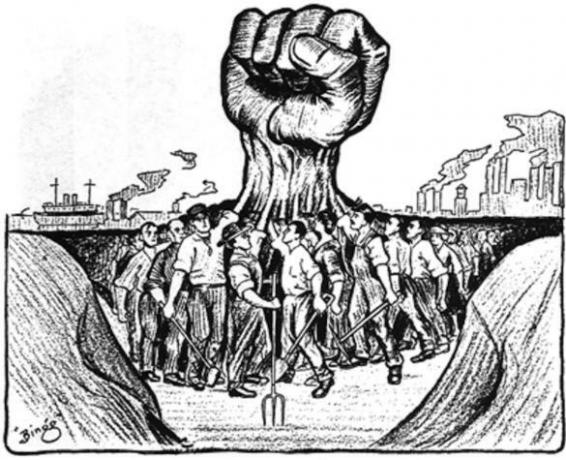
The cognitive model The abnormality sees psychological problems as a problem with the patient's thought processes. The cognitive therapists they often speak of the A-B-C theory, according to which a patient reacts to an activating event with certain thoughts or beliefs that then lead to emotional or behavioral consequences. The cognitive model describes how people's perceptions or spontaneous thoughts about situations influence their emotional, behavioral (and often physiological) reactions.
The different cognitive approaches share the fact that they consider fundamental the perceptual and intellectual processes that take place in the moment in which a subject analyzes and interprets the environment in which he operates, as well as her own thoughts and behaviors. The expression active information processing sums up this type of approach very well. The beginning of the development of this type of approach are the works of Tolman (1932) and Lewin (1936).
According to Tolman the psychology of motivation is very similar to the
It defends the importance of goals in behavior, as well as the intentionality of the behavior. From Tolman, the behaviorist current, began to use terms like expectation, purpose and cognitive map. Motivated behavior has molar characteristics, is goal-directed, persistent, and selective. The subject does not learn simple E-R associations but the relationship between a behavior and a particular goal; To do this, you need to develop a cognitive map of your environment, which allows you to locate each of the possible goals. He offers several reasons to explain the motivated behavior:
- Primary reasons: innate. Search for food, water and sex, elimination of waste, avoidance of pain, rest, aggression, reducing curiosity and the need for contact.
- Secondary reasons: innate. Affiliation, dominance, submission and dependence.
- Tertiary reasons: learned.
Achievement of cultural goals. In his theory, the tendency to behave in a specific way is defined by a multiplicative function of three types of variables:
- Motivational variable: need or desire for some particular target object.
- Expectation variable: belief, quantitatively fluctuating, that a particular behavior, in a particular situation, leads to a target object.
- Incentive variable: value that the target object has for the subject.
LEWIN. Motivation in behavior is explained from homeostatic approaches. Behavior is the result of the set of forces that act on the subject. It defends the active solution of problems and the existence of psychological needs (quasi-needs).
The scheme of his approach, generically called field theory, assumes that behavior is a function of the living space, which consists of person (influenced by two types of needs: physiological and psychological that produce tension or motivational state) and psychological environment (It contains goals that considerably influence the subject's behavior).
Lewin thought that by topology, can you explain the "locomotion" (change in psychological space) of the subject in his psychological environment. The term "conduct" in Lewin it is used to describe structural changes in that environment. The force of behavior (F), which has vector characteristics, is a function of the subject's internal state of tension (t) and the goals of the psychological environment (G).
To this brief function we must add the "psychological distance" (e) that exists between the subject and the goal he wishes to achieve, in such a way that the greater the distance, the less force in the behavior. F = f {t, G / e} The tension It is the motivational construct defended by Lewin to explain the internal motivation of the subject. Stress occurs when needs are produced in the body. This fact motivates the subject to reduce the tension, with which the homeostatic argumentation seems evident.
This article is merely informative, in Psychology-Online we do not have the power to make a diagnosis or recommend a treatment. We invite you to go to a psychologist to treat your particular case.


